The 10 Types of Ear Piercings and Their Styles
Since ancient times, piercings have been used to adorn the body. Not only women but also men in many cultures wore earrings, often giving them symbolic or ancestral meanings.
Like all fashion trends, piercings have evolved. Today, people wear them in many parts of the body, but ear piercings remain the most popular—and there are now countless creative and stylish options.
Types of Ear Piercings
When choosing a piercing, it’s essential to go to a professional studio that follows proper hygiene standards and uses sterile materials. Afterward, caring for the piercing is just as important: clean the area as instructed by your piercer or healthcare provider to avoid infection.
One advantage of ear piercings is that they tend to be less painful than piercings in other parts of the body, and they allow for a wide range of jewelry styles to express your personality.
1. Earlobe Piercing

Earlobe piercings are the most common. For many girls, this is the first piercing they get as children. It’s the least painful, heals quickly, and rarely causes complications.
If performed with sterile tools and cleaned properly, there’s little risk of infection. The initial stud can usually be changed after about 6 weeks, giving you the freedom to choose earrings that reflect your personal style.
2. Tragus Piercing
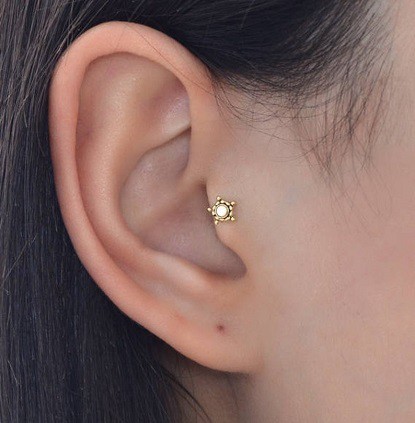
The tragus piercing has become increasingly popular. It’s placed on the small cartilage bump near the face, at the entrance to the ear canal.
Healing takes longer than for earlobe piercings—around 3 months. Jewelry should only be changed once the piercing is fully healed to reduce the risk of infection.
3. Helix Piercing
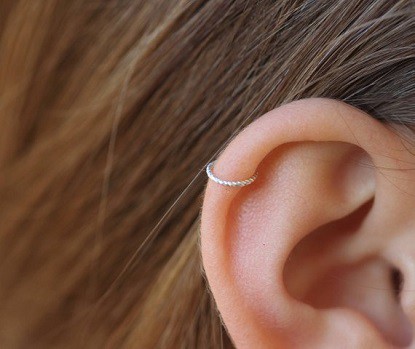
The helix piercing is located on the upper cartilage of the ear and is one of the most popular after the lobe. Healing usually takes around 4 months, but for some people, it may take up to a year.
Because healing varies greatly, jewelry changes should be done cautiously and only after full recovery.
4. Rook Piercing
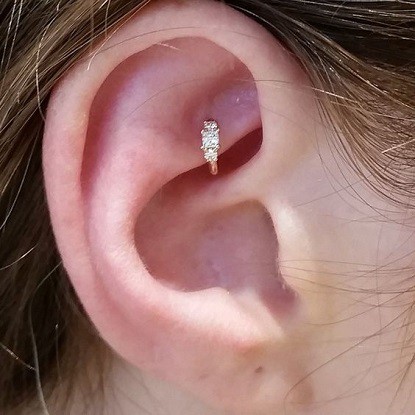
The rook piercing is placed on the inner ridge of cartilage in the upper ear. It’s an eye-catching option but also one of the more painful piercings due to the thickness and sensitivity of the cartilage.
Healing usually takes about 6 months. Extra care should be taken when using headphones or phones to avoid irritation and infection.
5. Daith Piercing

The daith piercing goes through the innermost fold of cartilage, just above the tragus. It’s stylish and subtle, often decorated with small hoops or heart-shaped rings.
Some people claim that daith piercings help relieve migraines, as the location corresponds to an acupuncture point, though scientific evidence is limited. It is painful at first, but discomfort usually lessens quickly.
6. Conch Piercing

The conch piercing is placed in the middle cartilage of the ear, inside the “cup” of the ear. It’s bold and striking but also quite painful since this area has many nerve endings.
Healing takes around 6 months, and jewelry options are somewhat limited, though statement studs or hoops can look particularly impressive.
7. Orbital Piercing
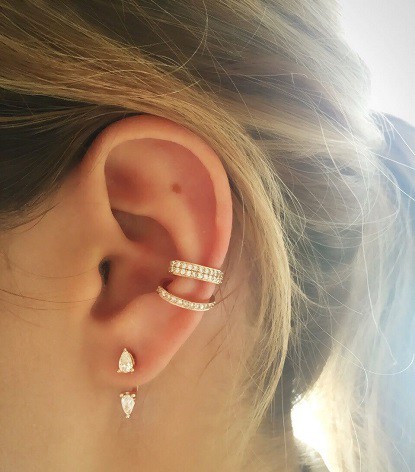
An orbital piercing connects two holes in the ear with a single ring, usually through the inner cartilage. It looks simple but is technically complex and painful, requiring a skilled piercer.
Healing can take up to 9 months. Because the ring passes through two piercings, strict aftercare is necessary to avoid complications.
8. Snug Piercing
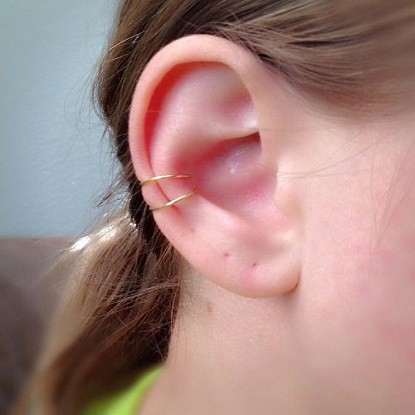
The snug piercing goes through the inner cartilage ridge (the anti-helix), running from the middle toward the edge of the ear. It’s very noticeable and stylish but also among the most painful.
Healing varies from 4 to 9 months. Jewelry options are more limited, so it’s best for those who want a unique, daring look.
9. Transverse Lobe Piercing
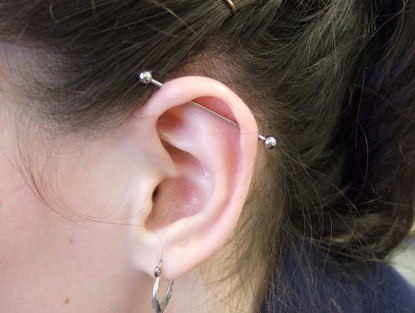
A transverse piercing runs horizontally across the earlobe, using the natural tissue to connect one side to the other. Not everyone’s anatomy is suitable for this piercing, so consultation with an experienced professional is essential.
Because of the angle and tissue involved, it requires careful monitoring during healing.
10. Ear Stretching (Expansion)
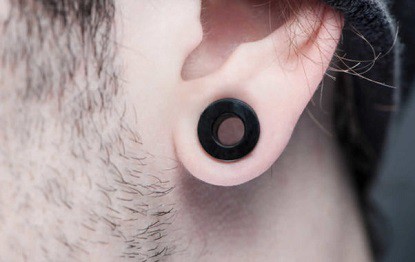
Ear stretching, or lobe expansion, is different from traditional piercings. Instead of creating a new hole, an existing earlobe piercing is gradually widened using plugs or tunnels.
Stretching should only begin once the initial piercing is fully healed. It requires patience and proper care to avoid tearing or permanent damage.

